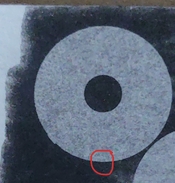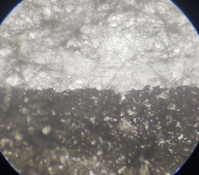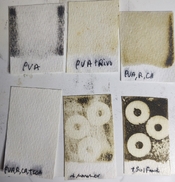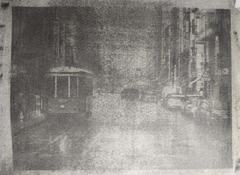Exposing the new samples for 5 minutes with 1/5th the activator does not yellow tinge the paper as it did before!
New mix:
Activator:
50ml water
• Riboflavin – .01 g turns liquid orange yellow but clear. hard to mix
• FAO – 0.14 g
Ph measures ~5 keep Ph at around 4
• TEOA – 0.49g - liquid becomes dark orange and has Ph ~9
Citric acid – 0.65 g -liquid is light yellow and has a Ph ~4
Emulsion:
1.93g PVA
.34g Sunlu makes a very milky white mix
.96 poster paint
1ml of activator
I think for anyone using a UV lamp this stuff works exactly (very differently) than Gum Bichromate.
1) First off, no yellowing
2) relatively safe-er except for the Sunlu stuff
3) you can make the coatings really thick in ink and they got staying power. I literally tried to brush the material off on this reduced activator and I got nothing to come off. This could be good and bad. I assume that at some point the polymerization would be weaker. I think I will play with the Sunlu stuff and try to dilute it in alcohol and use a smaller portion with more control that way. Currently Anycubic for example is selling their 1000g bottle for 15 bucks. For a Joe Shmoe like me that's an infinite amount of prints if all I need is .5g for a few prints. Infinity is 2000 prints

. But I think this material is swappable with more inexpensive materials.
Anyway, just like that I am proved wrong, no, infinity is not 2000 prints but 40,000 prints because I just diluted the entire emulsion from 1ml to 20ml and guess what, it still worked at 1minute exposure minus the poster paint stain on the paper. Anyway, now I guess the challenge is to somehow come up with a decent image...ie, the process. Clearly the chemistry works, but what is the proper way to apply, expose and develop it and how to do that for multi-layer image.





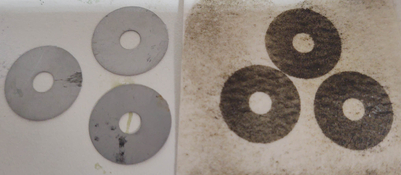

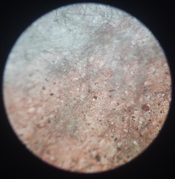
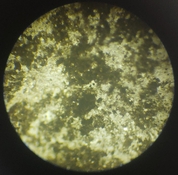
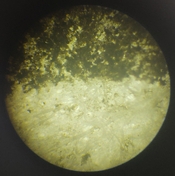
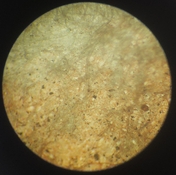
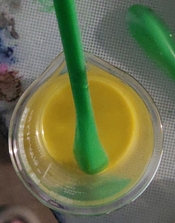


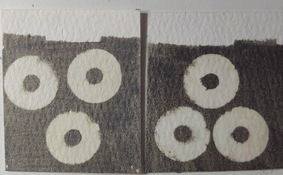
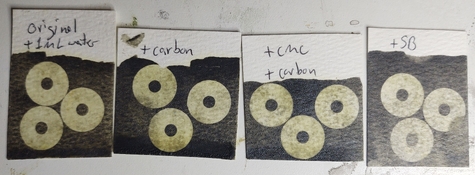

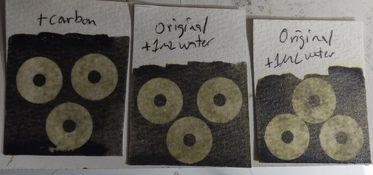
 . But I think this material is swappable with more inexpensive materials.
. But I think this material is swappable with more inexpensive materials.